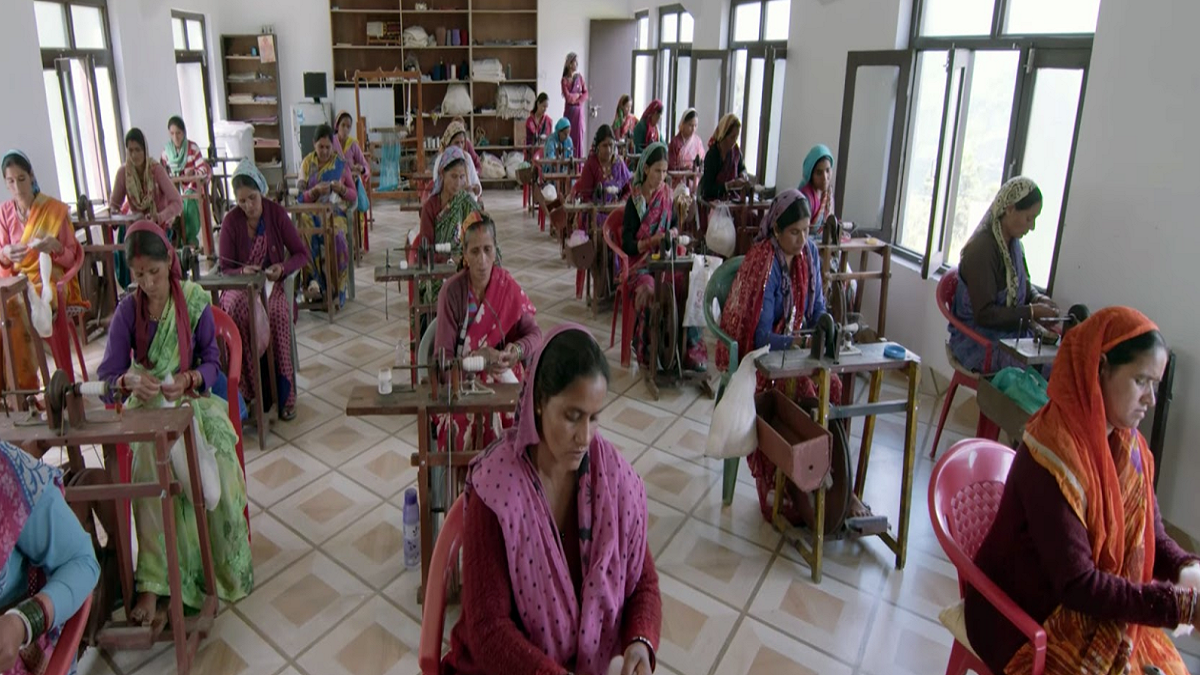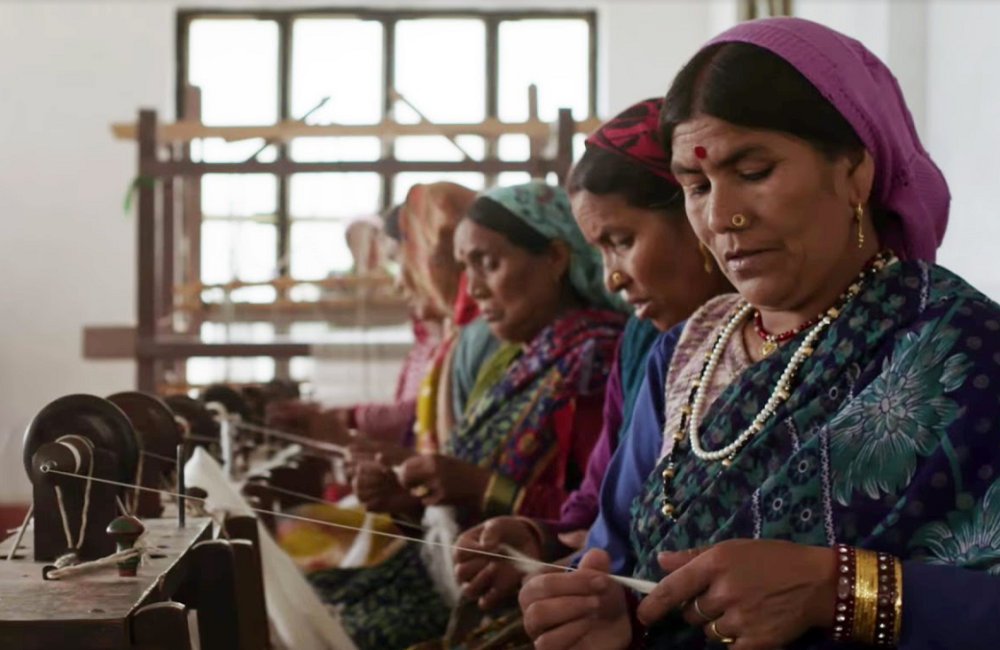


When one utters the word cannabis in India, the person’s reaction would usually be one filled with concern and trepidation. The first thought a lay-man would conjure would be either of bhaang during Holi or a funky image of Bob Marley. However, what if we were to turn the pyramid on its head and view cannabis or hemp as an opportunity for India to reclaim its past glory with the crop steadily gaining a repute as a multi-purpose plant (natural fibres, oil seeds, medicinal flowers/leaves). This could help reinvigorate our agriculture story for decades to come?
How can that be done? Incidentally, this question hasn’t stopped more than 45 countries across the World in empowering the sustainable local industry to utilise hemp across over 15,000 industrial and medicinal uses as a strategic and economic tool for their rural agrarian communities. Thereby effectively contributing immense income and livelihood improvement.
Case in point, in China thousands of farmers had risen above the poverty line over the last decade just by cultivation and commercial development of hemp. The fibre can be used for sustainable textiles/paper/concrete, the seed for superfoods/bio-fuel or the flower for medicinal use.
Similarly, countries such as Canada have developed a fullfledged system to provide access of cannabis (in different forms) to many patients suffering from an array of serious illnesses including cancer, multiple sclerosis, epilepsy and Parkinson’s.

The present global industrial hemp market is estimated at $4.1 billion whereas the global medical cannabis market is estimated at closer to $12 billion, with India’s contribution estimated at 0.0001% whilst China’s is closer to 70%. This has led to a question about India’s potential to contribute more effectively across this sun-rise global economy around cannabis which gradually saw the birth of an early-stage sustainable industry in the country over the last eight years.
When considering the potential future of a cannabis industry in India, there are positive realities. For example, some of the first historical references to cannabis growth/cultivation in the history of human civilisation traces back to the upper and middle Himalayas. Even in the present day the ubiquity of natural cannabis growth is deeply understated (with an estimated 60% of all districts in India seeing the natural/ wild growth of cannabis).
Similarly, centuries-old Ayurvedic, Siddha, Unani texts highlight the nutritional and therapeutic use of the cannabis seed and leaf (colloquially called bhaang). Even till today, in many parts of rural North/Northeast, the fibre of wild-growing hemp plants are either used to make handloom shawls or rope for cattle, the seeds from wild growing hemp plants are still used as an ingredient in making chutneys and vegetable dishes.
However, what additionally makes cannabis stand out even from an agriculture point of view are the significant potential agronomic benefits its cultivation brings. Some of these include lesser usage of pesticides/herbicides compared to other conventional crops, significant soil improvement during cultivation due to the phytoremediation capabilities of its roots and waste biomass material recyclability.
In Europe and North America, hemp grown for fibre is considered a low input and low environmental impact crop. It’s based on a calculation of the complete life cycle of production which includes not only the direct impact of hemp production on the environment but also the impacts associated with the manufacture and transport of those inputs needed in hemp cultivation. For example, a crop that requires chemical fertilisers and pesticides would be “charged” for the environmental costs associated with the manufacture, transport, and storage of the chemical inputs in calculating the crop’s total life cycle impact. Hemp grown for fibre requires fewer chemical inputs than most other fibre crops; it has a lower life cycle impact than other fibre crops like cotton. This results in a net environmental benefit.
Similarly, several qualities of Hemp make it an attractive raw material for papermaking: Hemp fibres are long (lending strength to paper) and hemp contains high levels of cellulose (corresponding with high pulp yield from the raw stalk) and low lignin content (an undesirable constituent that requires intensive processing to remove). Due to both its chemical and physical composition, hemp can produce high pulp yields and can be pulped without the use of the Kraft process (used for chemical pulping of wood and long-fibre speciality papers) which uses environmentally toxic sulfur compounds. Also, as with other non-wood pulp, hemp can be bleached with peroxide and through other processes that do not involve chlorine. The environmentally preferable pulping processes are those, such as the Organosolv process, where processing chemicals and waste products can be recovered and reused either within the pulping mill or as marketable byproducts like fuel or fertiliser.
Being mindful of all these environmentally sustainable factors, combined with the inherent risks and cultural stigmas around hemp/cannabis in India, establishing it as the next generation of cash crops would require cooperation and collaboration with the entire ecosystem that it takes to create an industry. It includes experienced policymakers, bureaucrats, scientists, academicians, narcotics experts, agriculture farmers and industry.
The writer is co-founder and director of strategy & collaborations, Bombay Hemp Company.
Edited: By Ambika Hiranandani